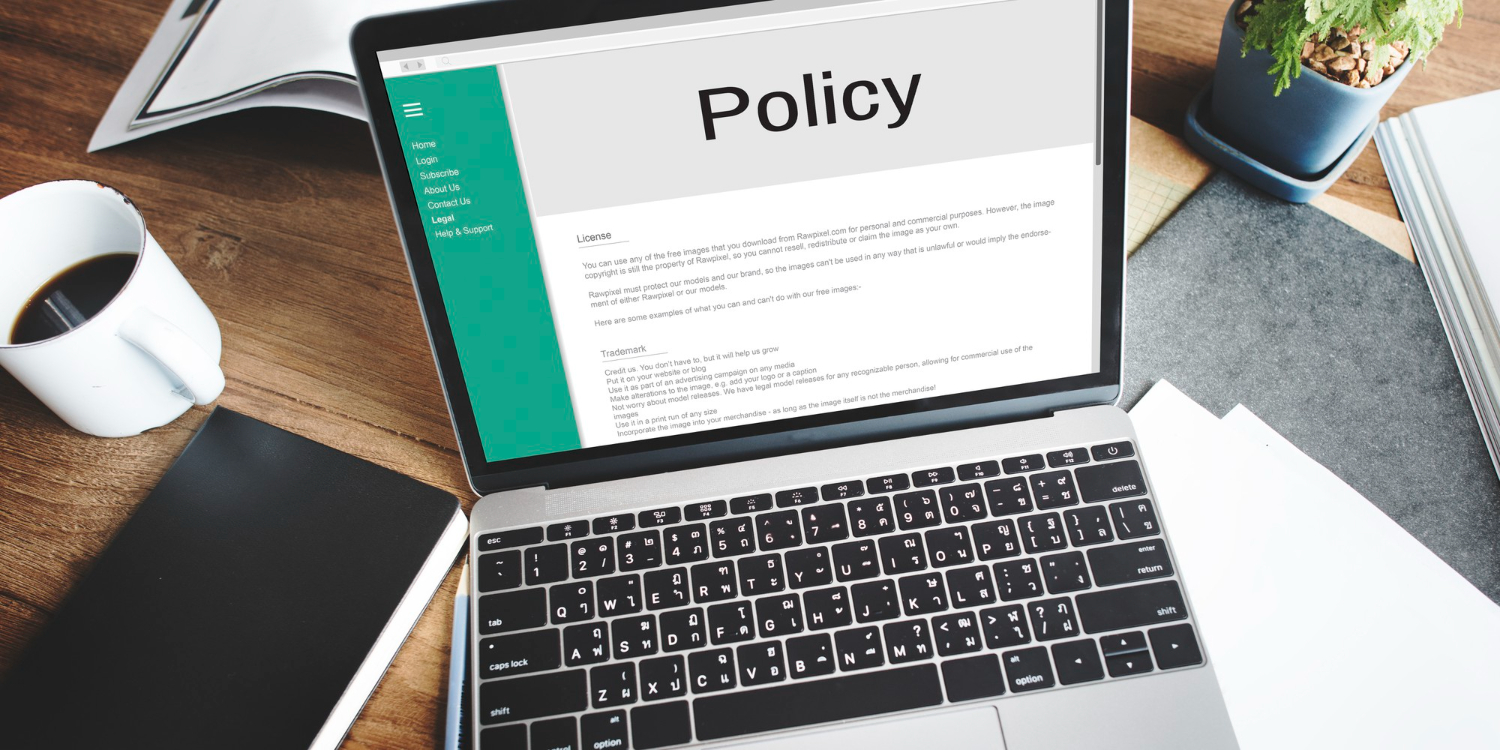Getting general liability coverage from an insurance company involves several simple steps that protect your business from common risks. This guide walks you through the process from start to finish. You'll learn how to check your coverage needs, find good providers, compare prices, and understand your policy. We'll also cover what's not included in your coverage and how to manage your policy once you have it. Following these steps helps you get the right protection for your business at a fair price.
Assess Your Coverage Needs
Start by looking at what your business does and what risks you face. Think about your business size, the services you offer, and potential risks. Check if your industry has special rules about insurance requirements. Look at businesses like yours to see what problems they usually face. Figure out how much money a lawsuit could cost your business. Also, think about your business assets and how much coverage you need to protect them. This review helps you understand exactly what type and amount of insurance your business needs.
Research Insurance Providers
Make a list of good insurance companies that offer general liability coverage. Look for companies with strong finances, happy customers, and experience with your type of business. Use online reviews, industry guides, and advice from other business owners to find good options. Check what coverage they offer, their limits, and any special add-ons they have. Make sure they have proper licenses and meet all regulations. Take time to research each company well so you know they can handle your insurance needs and pay claims when needed.
Request and Compare Quotes
Get quotes from at least three different companies to compare your options. Give each company accurate information about your business so they can provide you with accurate prices. When you get the quotes, look carefully at coverage limits, your out-of-pocket costs, monthly costs, and extra benefits. Notice any differences between what each company offers. Think about which quote best fits what your business needs. Comparing quotes side by side helps you find the best deal and coverage for your situation.
Understand Policy Coverage Terms
Learn the key terms in your policy so you know exactly what you're getting. The "per incident limit" is the most money the policy pays for one claim. The "total limit" is all the money it pays during the whole policy period. Your "deductible" is what you pay before insurance kicks in. "Endorsements" are changes made to fit your specific needs. Know the difference between "claims-made" and "incident" policies because they work differently. Understanding these terms helps you know exactly how your policy protects your business.
Review Policy Exclusions
Check what your policy doesn't cover to avoid surprises later. Most general liability policies don't cover things like:
• Intentional harmful acts
• Professional mistakes or advice
• Pollution and environmental damage
• Car accidents
• Employee injuries on the job
• Industry-specific risks
Read through all exclusions carefully. Some may be specific to your type of business. Knowing what's not covered helps you decide if you need other types of insurance to fill the gaps.
Purchase and Manage Your Policy
After buying your policy, keep it organized and up to date. Store all your insurance papers where you can find them easily. Review your coverage regularly as your business grows and changes. Report any claims right away and keep records of all talks with your insurance company. Check if your coverage amount is still enough for your current business size. Stay informed about new laws that might affect your policy. Taking good care of your policy ensures it continues protecting your business the way you need it to.
Related Topics:










